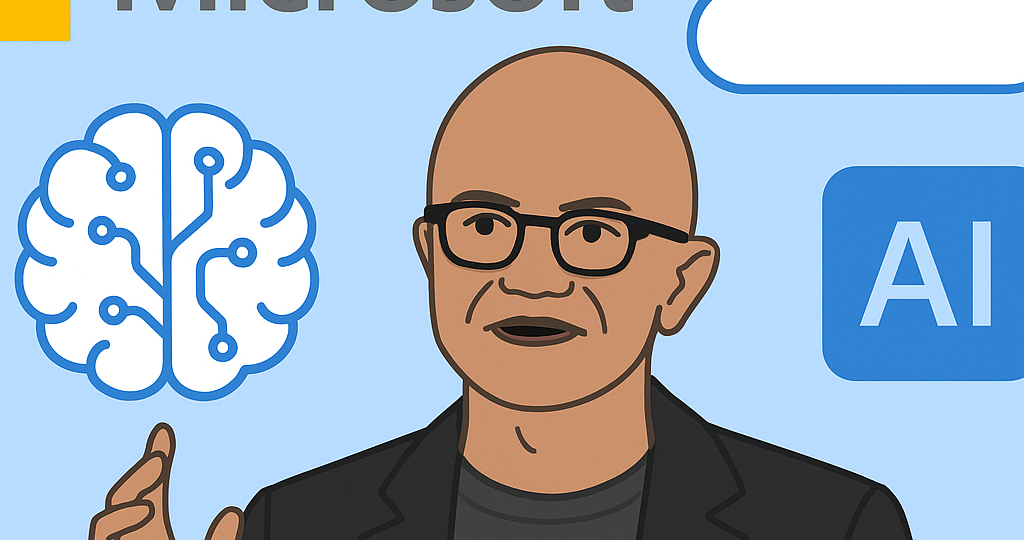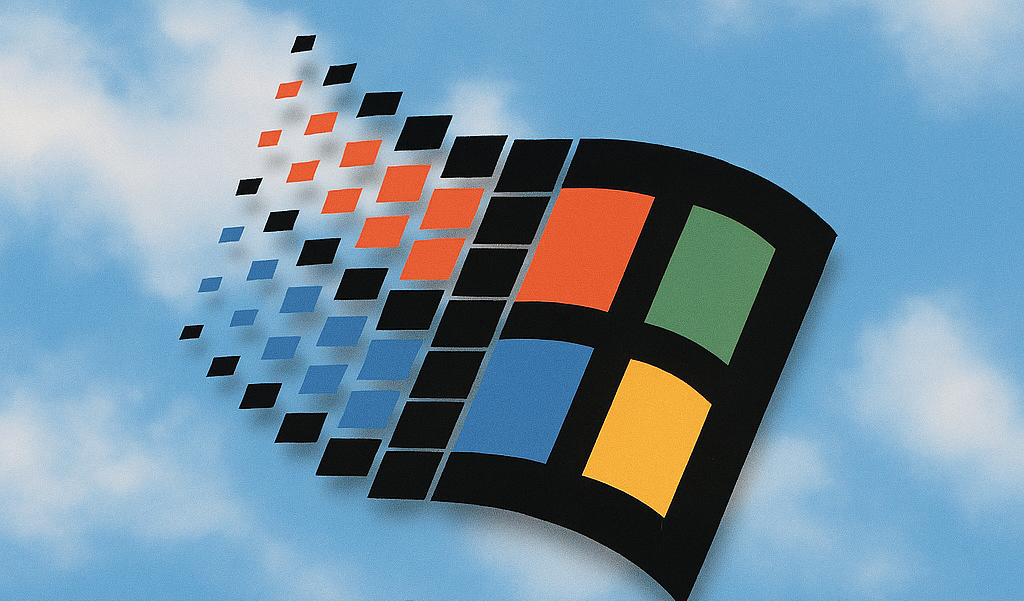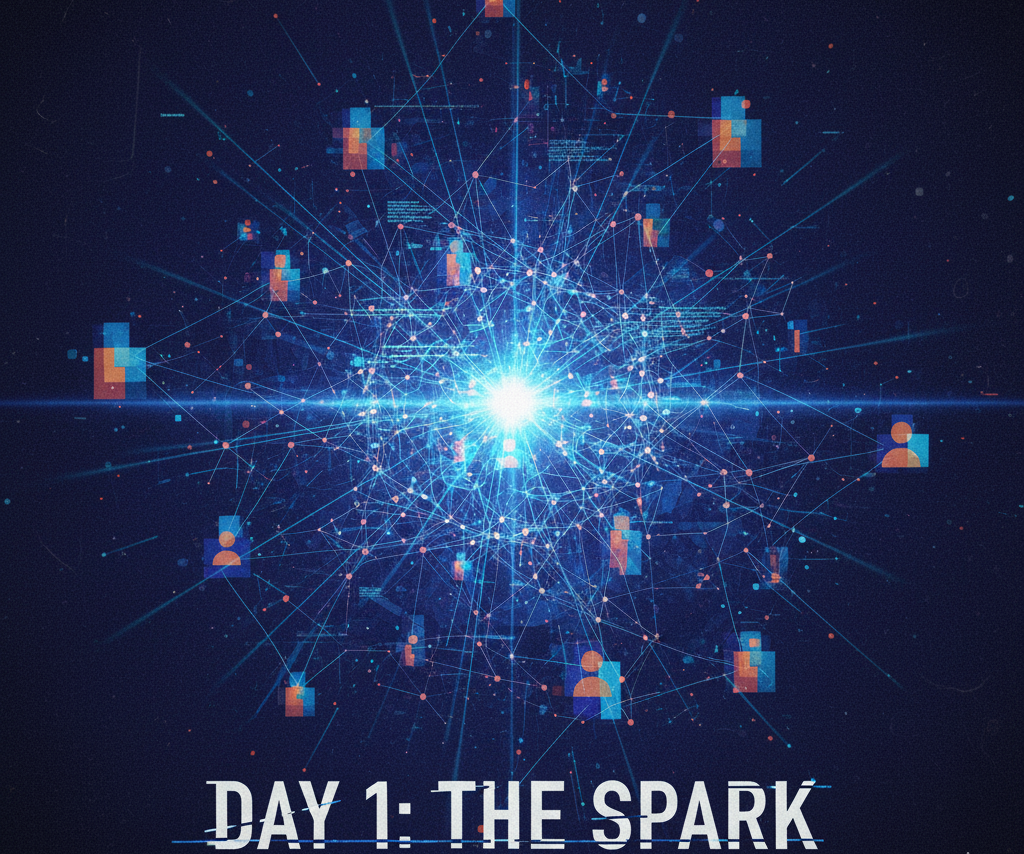
Welcome back. Microsoft is a big name now, but as with all innovators, it slows down. Let’s dive in.
By the 2010s, Microsoft was still a giant, but it didn’t feel like the giant anymore. Windows and Office were household names, but the world had moved on to smartphones, cloud services, and AI—and Microsoft was lagging. Gates could only do so much. The company needed more than just smart engineers; it needed fresh vision. Enter Satya Nadella.
When Nadella took over as CEO in 2014, he inherited a company that was dominant on paper but struggling with relevance. Mobile had slipped away to Apple and Android, and cloud computing was being led by Amazon. Nadella’s solution was bold: shift the focus to Azure. Under his leadership, Microsoft transformed from a software-selling machine into a subscription-driven, cloud-first company. Office became Office 365, Windows turned into a service, and Azure started climbing the ladder against Amazon Web Services. Suddenly, Microsoft wasn’t playing catch-up—it was setting the pace.
But Nadella’s greatest move wasn’t just technical—it was cultural. Microsoft under Gates and Ballmer had been known for intensity, competition, and sometimes even arrogance. Nadella flipped that script. He pushed for collaboration, empathy, and learning over ego. Engineers were encouraged to experiment, teams were encouraged to listen, and failure was reframed as growth. This cultural shift didn’t just boost morale; it helped Microsoft innovate again.
Part of that innovation came from smart acquisitions. Nadella spearheaded deals like LinkedIn (2016), which cemented Microsoft’s role in professional networking, and GitHub (2018), giving it a central place in the software development community. These weren’t just flashy buys; they expanded Microsoft’s ecosystem and influence in areas it previously had little foothold.
In less than a decade, Nadella’s Microsoft became cool again. Cloud, AI, gaming, professional networks—the company wasn’t just surviving; it was thriving. And it all came from shifting not only what Microsoft did, but how it worked.
RELATED POSTS
View all


